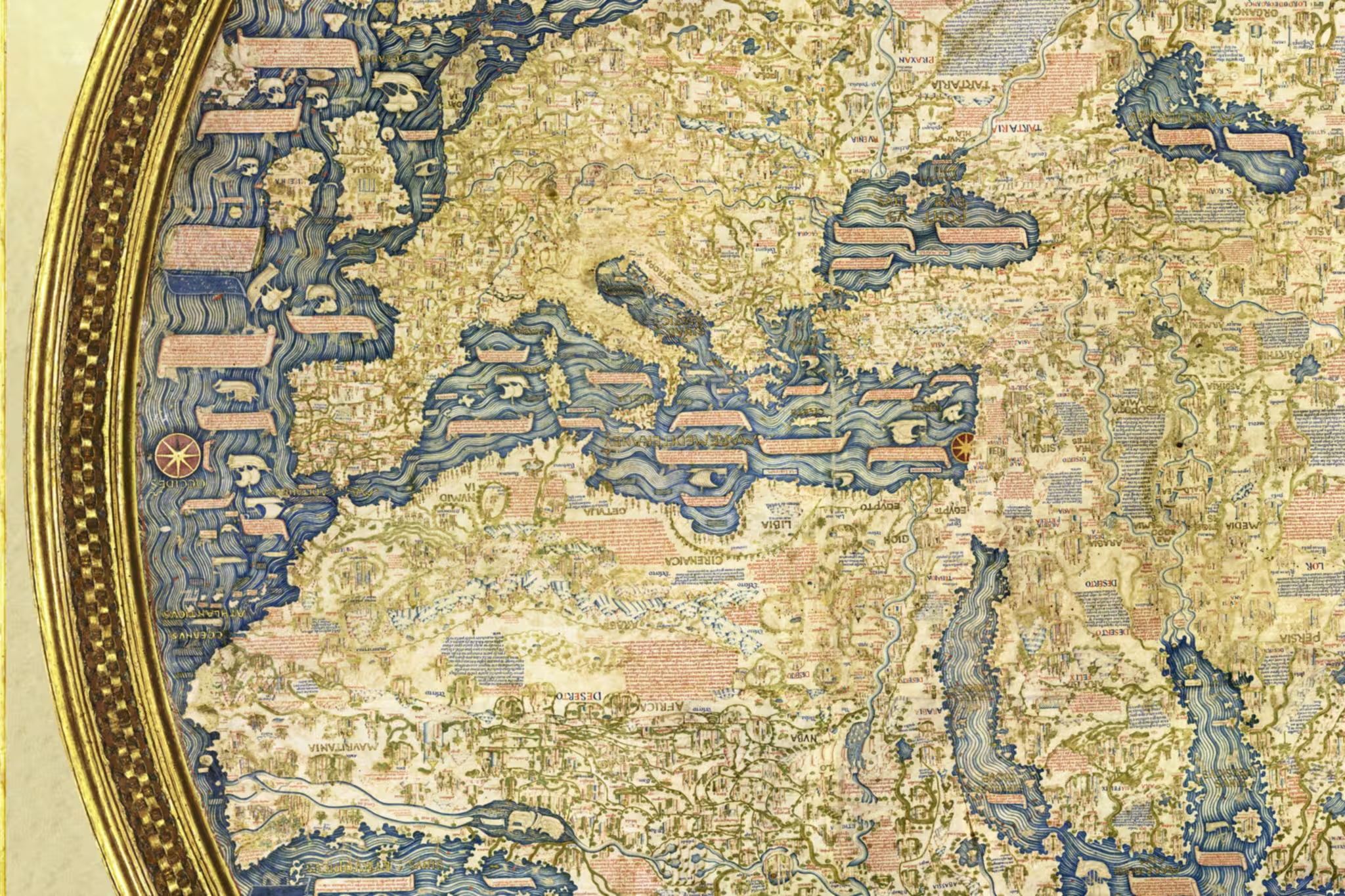The birthday of Venice is often placed at noon on March 25th, 421 CE. This is nice and specific, and consequently the Municipality of Venice had planned major festivities for the 1600 hundred years of Venice two years ago.
The problem is that it is not true.
The Story of the Founding of Venice
The story comes to us from an ancient manuscript called the Chronicon Altinate.
It recounts how tribunes, elected public officials, from Padova came to the lagoon to establish a trading post, as the sea-based trade from Padova came down the river Brenta to the lagoon.
They chose the highest area on an island in the central lagoon, close to the course of the Brenta. This island became the Rivus altus, the high brink, and in modern times, the Rialto.
In a solemn ceremony at noon on March 25th, 421 CE, they founded a church there dedicated to St James the Apostle, in Italian San Giacomo, which would then be the oldest church in Venice.
A Problematic Story
When something sounds too good to be true, it usually isn’t.
Firstly, it is odd that something that supposedly happened in the 400s only ever appear in writing in the 1100s. That is like us today suddenly discovering a major event that happened in the 1300s. How likely is that to be true?
While the Chronicon Altinate most likely built on earlier manuscripts, seven hundred years remain a very, very long time.
Secondly, the city of Venice only became the capital of the Venetian state in 811 CE. At the time of the writing of the Chronicon Altinate, the city of Rialto was the capital for several centuries, but it wasn’t in the 400s.
In the 400s the settlements in the lagoon area were small, few and not significant politically or economically. Eraclea (Civitanova Heracliana, named after the contemporary Byzantine emperor Heraclius), located on the mainland north of the current lagoon, was the first capital of the Venetian state. Fifteen hundred years ago it was in a protected lagoon.
That lagoon area subsequently silted up, and the Venetians moved the residence of the doge to Malamocco (Metamauco) which is on the Lido di Venezia. The Franks attacked Malamocco in 809, and burned it to the ground. Consequently, the Venetians moved the residence of the doge to the current location, at St Mark’s.
Rialto, the group of small islands around the Canal Grande, wasn’t the centre of Venetian political power for another four hundred years after the supposedly founding of the city.
Thirdly, the church of San Giacomo di Rialto, or San Giacometo, should date back to the 400s, but it doesn’t. No document mentions the church before 1152. However, earlier documents describing the same area, make no mention of a church on the site.
Excavations under and around the church found no traces of earlier religious buildings.
No Birthday of Venice
The conclusion can only be that the story is a legend, with little relation to what actually happened.
It is a truth universally recognised that important states must be in want of a founding story, and Venice had become an important state in the 1000s and 1100s. Venice, need a narrative that made it old and grand. Being the only major city in northern Italy without a Roman origin just didn’t cut it, so they made up a story that connected them to the Roman past.
Practically, all states have such origin myths, and the older, the better.





Leave a Reply